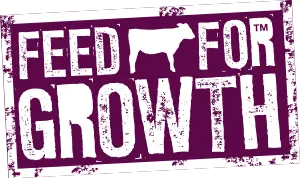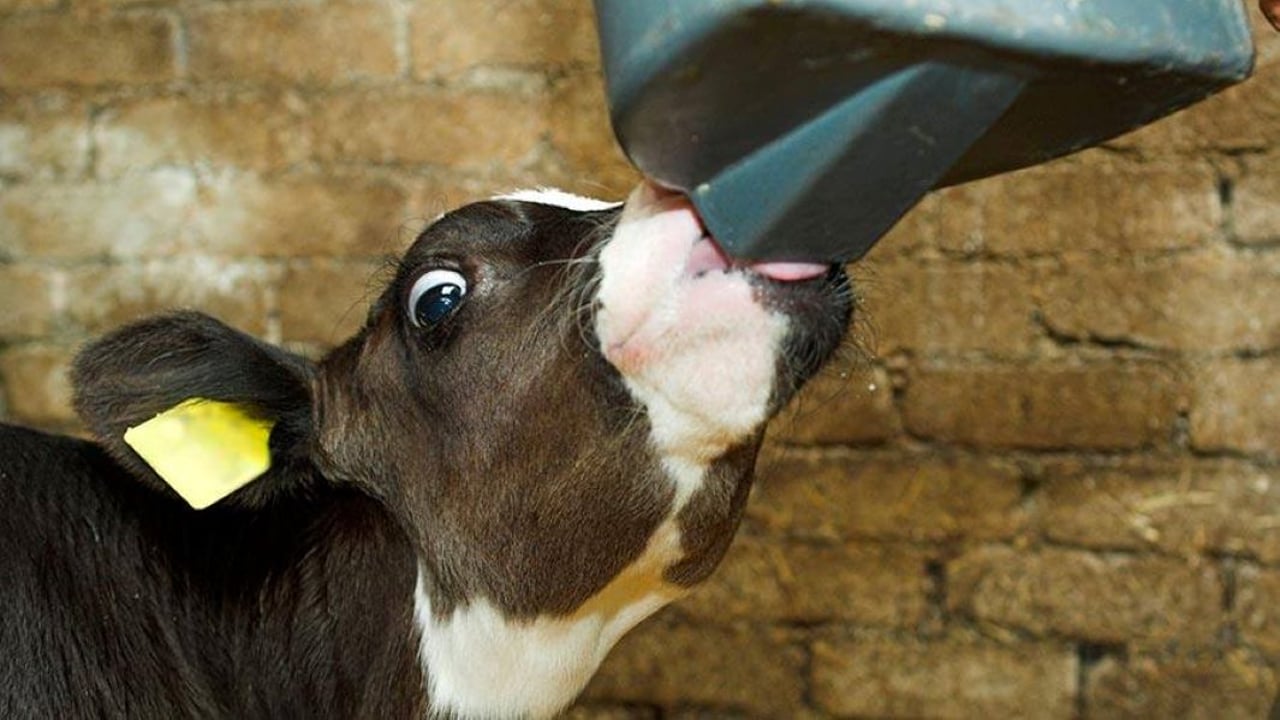Calf Rearing Series 2025

Feeding calves high volumes of a high-quality, precision-formulated milk formula helps them achieve their early life growth potential and maximises lifetime production.
In addition, weaning over a three-week period encourages increased starter feed intake, rumen development, and improves the calf’s ability to digest nutrients after weaning.
JP Harkin from Volac Milk Replacers Litd., explained that calves are born with a non-functional rumen.
He said that nutrients from milk are digested in the abomasum and intestines to supply the energy for growth in early life.
“The rumen must be sufficiently developed at weaning so that it can digest and utilise solid feed, which supplies the nutrients previously supplied by milk," Harkin said.
"Rumen development is driven by the fermentation of calf starter by the rumen bacteria, which is why this solid feed must be available in small amounts early in life, be correctly formulated for the young calf, and always offered clean, fresh, and palatable.”
Calves fed more milk will not be driven by hunger to eat starter feed to support weaning.
“This means high-milk-fed dairy calves need to be encouraged to eat solid feed by implementing management strategies that balance the intake of nutrients from both milk and starter feed,” Harkin explained.
Calf starter should be introduced from days three to five, but calves don’t typically begin consuming measurable amounts of solid feed until they are around two weeks-of -age.
“By five weeks of age, calves should be eating 0.5kg of starter feed per day. Calves should be eating 0.7-1kg per day by six to seven weeks-of-age and a minimum of 1.5kg per day at weaning,” Harkin said.
He added that offering forage alongside starter feed is also important for healthy rumen development.
“Feeding forage helps stabilise the rumen pH, stimulates its muscular layer and maintains the integrity and health of its wall," Harkin explained.
"What’s more, providing chopped barley straw – separately from starter feed during the high milk-feeding period – has been shown to stimulate starter intake, improve calf weight gain, and even boost forage intake after weaning.”
Harkin advised gradually reducing the amount of milk offered to calves, over a three-week period between days 35 and 56 (see the table below).
This encourages starter intake, helps rumen development and improves the ability of the calf to digest nutrients after weaning.
“For the high-milk-fed calf we now recommend a three-week weaning period between days 35 and 56 where milk replacer is fed at ≤ 750g milk solids per day, to ensure calves eat enough starter to allow for sufficient rumen development,” he said.
Calves that are fed more milk over the first five weeks of life will be bigger and more vigorous.
These calves will subsequently eat more starter when milk is gradually reduced from day 35 to 56.
What’s more, calves fed more milk, coupled with good starter intakes, will be more likely to achieve their early growth targets and lifetime milk production potential.
Recommended milk feeding plan with a three-week weaning period (for calves fed twice daily) (stepping down period highlighted in bold).
| Week | Age (days) | a.m feeding rates (L) * | p.m feeding rates (L) * |
|---|---|---|---|
| 1 | 0-3 | Feed colostrum | Feed colostrum |
| 1 | 4-7 | 2.5 | 2.5 |
| 2-5 | 8-35 | 3 | 3 |
| 6 | 36-42 | 2.5 | 2.5 |
| 7 | 43-49 | 2.5 | 2.5 |
| 8 | 50-56 | 2.5 | 0 |
| 9 | 57+ | 0 | 0 |
The reduction in milk solids per day will be specific to each individual dairy farm.
For detailed advice on stepping down milk powder feeding levels on your unit, please speak to your local business manager from Volac Milk Replacers Ltd.
- Starter feed must be clean, fresh and palatable (offer small amounts daily);
- Offer starter feed from 3-5 days-of-age;
- Always use a high-quality starter feed that has been formulated for calves (crude protein content of at least 18%);
- Calves must be eating at least 1.5kg per day of starter feed at weaning;
- Provide clean, fresh, ad lib water from day one;
- Offer chopped forage separately from starter feed (e.g., barley straw; 3-4cm chop length) from one week-of-age;
- Pair or group house calves from one week-of-age;
- Wean calves at 56 days-of-age (by 63 days-of-age at the latest);
- Wean gradually over a three-week period (feeding ≤ 750g milk solids per day from day 35 to 56).
